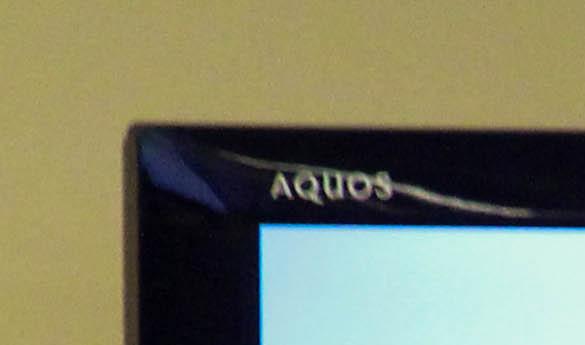Strategic Planning Committee outlines its vision for the future
Throughout September and October, the Strategic Planning Committee is holding a series of town hall meetings discussing the strategic vision for George Mason University accepted in March. Whereas the vision represented the "why", President Ángel Cabrera termed the current planning process as the "what", or the changes in store regarding growth, research, and more. The "how" is yet to come in the form of the implementation process, which will begin after the "Strategic Plan 10-Year Goals" is approved. Cabrera hopes this will be in December, but if changes are proposed by the George Mason University Board of Visitors, he expects to present the revised plan in February.
On Wednesday, Sept. 18, Cabrera led one of a series of ten presentations/lectures about the university plan for the next ten years. The ultimate goal is to become a "university for the world" with a focus aimed toward global impact. The four major areas of focus are students, community, scholars and professionals, and the world.
Mason wants to offer unique transforming and enriching learning experience for its students. The university also wants to offer a good return on investment, especially in the difficult modern-day economy. The university also plans to find more ways to save money by changing the budgeting system and also by raising more philanthropic contributions. Cabrera described it as a "smarter tuition policy" that neither creates "barriers of access" nor starves Mason's finances. As a result, tuition prices may go up in the near future.
Mason hopes to produce 100,000 career-ready graduates over the next 10 years, be an economic innovation engine, and engage with the surrounding community. However, a key component in achieving this goal is to grow in proportion to available funds. Cabrera stated that increased enrollment is not "intrinsically good" as it is not a good indicator of the quality of education received at Mason. The three strategies in this category are to produce a population including one-third of graduates in STEM-H fields, one-half of graduates from under-represented or socioeconomically disadvantaged groups, and at least 10 percent of "programs offered primarily on-line," according to the strategic plan draft.
Mason seeks to contribute "research of consequence," and according to Cabrera, that contributes to the public good and global problem solving. In fact, Mason hopes to receive the ranking of "very high research activity" by the Carnegie Foundation - an organization that funds education and international development. In addition, the strategic vision includes the establishment of international partnerships "with at least eight institutions in key decision-making hubs in the world," stated the "U8" network.
Some of the draft plan goals include maintaining diversity and standards of academic excellence, increasing and improving research, and providing more opportunities for students. Collectively, these goals represent a desire to remain a competitive option for college education.
Carrie Klein, Project Manager for Mason's Vision and Strategic Planning processes says that students can submit comments, send emails to vision@gmu.edu, and give feedback at the remaining town hall meetings through October.

